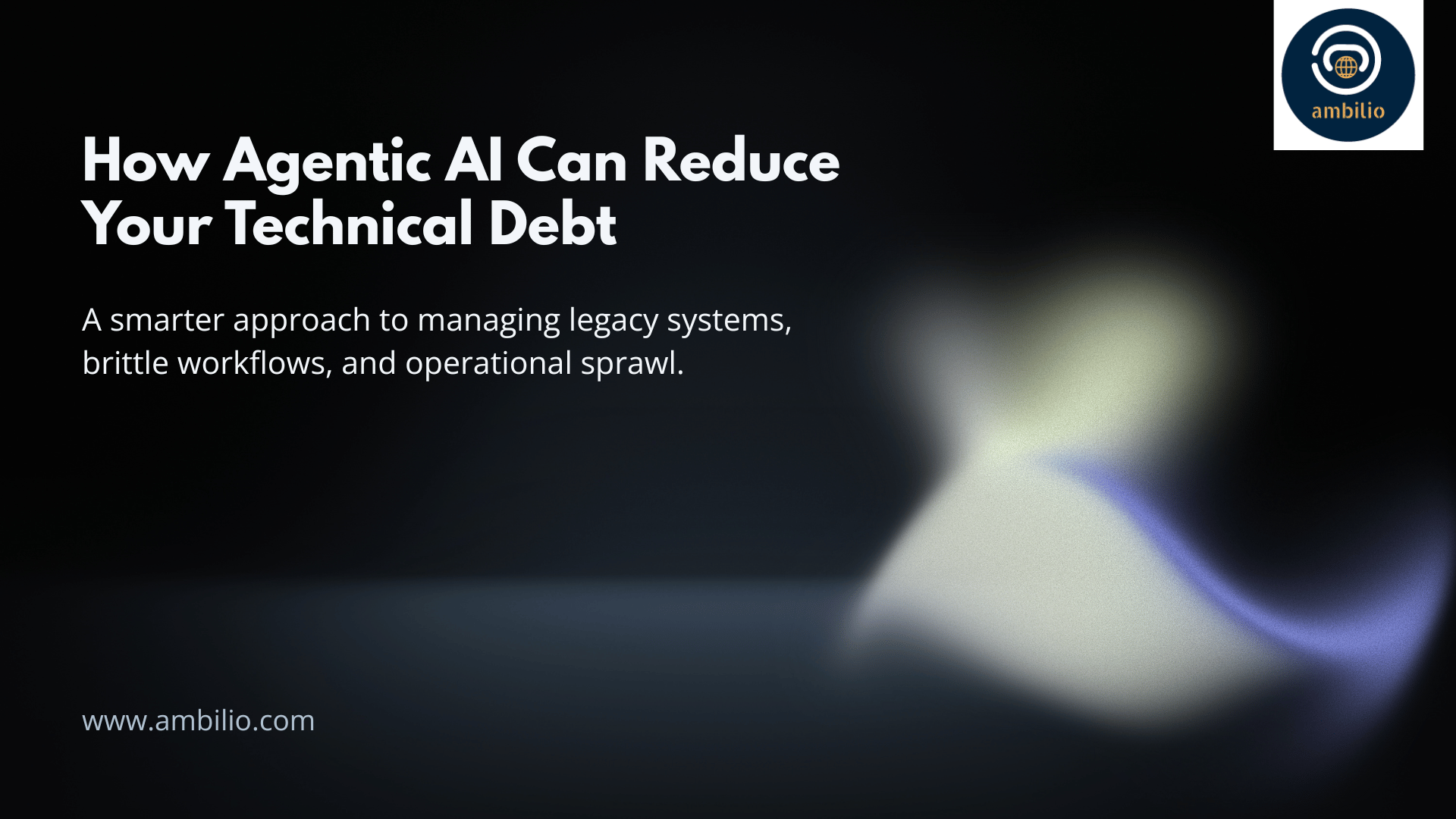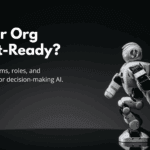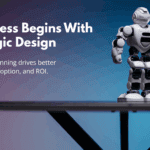Technical debt creeps in quietly but compounds quickly. With every dashboard, integration, data pipeline, or manual fix, enterprises accumulate a burden they must eventually pay—in time, complexity, and lost agility. The more they build, the more they owe to past architectural choices. Today, this accumulated complexity is reaching a tipping point, slowing innovation and forcing IT teams to focus more on maintenance than progress. In this environment, agentic AI stands out not as a futuristic concept but as a strategic tool—capable of interpreting intent, navigating fragmented systems, and adapting to variability—helping organizations rebalance their operational foundations rather than merely patching over flaws in legacy infrastructure.
Understanding Technical Debt in Today’s Enterprise
Technical debt in 2025 goes far beyond poorly written code or unmaintained software modules. It includes:
- Fragmented tools and platforms that don’t talk to each other
- Data silos across departments and systems
- Manual interventions in workflows that were never fully automated
- Legacy APIs and outdated integrations that are fragile and hard to maintain
- Over-reliance on custom scripts and domain knowledge trapped with a few team members
This type of debt isn’t just an IT issue — it’s a strategic bottleneck. It impacts time-to-market, increases operational risk, and makes it hard to pivot in response to business or market changes. Worse, attempts to “modernize” often pile on more complexity by layering new systems over old ones without resolving the underlying architectural sprawl.
How Agentic AI Changes the Equation
Agentic AI offers a fundamentally different way to interact with enterprise systems. These agents — capable of reasoning, adapting, and using tools autonomously — act as intelligent intermediaries between people, systems, and data.
Here’s how:
- Agents understand intent. Instead of requiring step-by-step instructions, they interpret what the user wants and determine how to achieve it.
- They work across interfaces. Whether it’s an API, an Excel file, a web app, or a legacy desktop tool, agents can access, retrieve, and manipulate information across different systems.
- They introduce a behavioral abstraction layer. This means enterprises no longer need to build rigid integrations — agents handle the variability and complexity in real time.
In simple terms, agentic AI allows organizations to delegate tasks without hardwiring the process.
From Rigid Workflows to Adaptive Agents
Traditional enterprise automation relies on predefined rules and scripts. These are brittle by nature — they work only when every step is predictable. The moment an exception arises, human intervention is required.
Agentic AI replaces this rigidity with adaptability.
For example, consider a vendor onboarding process. In a typical setup, multiple systems must interact: procurement, finance, legal, compliance, and more. Automating this with traditional workflows would involve scripting every rule, validation step, and system handshake. It’s expensive, time-consuming, and hard to change.
With agentic AI:
- The agent can collect necessary documents via email or portal.
- It can access ERP and finance systems through existing interfaces.
- It can reason over missing fields or incorrect formats.
- It can escalate only when human judgment is truly needed.
The result? Faster onboarding, fewer manual steps, and lower dependency on rigid process coding.
Benefits in Reducing Technical Debt
Agentic AI reduces technical debt not by replacing everything, but by absorbing complexity through intelligent behavior. This leads to several tangible benefits:
- Lower integration overhead. Agents don’t require deep custom integrations — they interact at the interface level.
- Less custom development. Since agents can handle variations and exceptions, fewer bespoke workflows need to be coded.
- Easier change management. Modifying an agent’s goal or behavior is easier than refactoring legacy software.
- Improved resilience. Agents can retry, learn from failure, and adapt — unlike scripts that break on unexpected inputs.
- Scalability. As business needs grow, new tasks can be handled by agents without rearchitecting core systems.
The Role of Agentic Abstractions
A core strength of agentic AI lies in its ability to abstract away legacy quirks.
Take a legacy ERP system that doesn’t support modern APIs. Instead of rebuilding it or replacing it (an expensive and risky proposition), an agent can:
- Log in as a user,
- Retrieve or update data using the front-end,
- Interpret unstructured logs or export files,
- Notify stakeholders about anomalies or actions needed.
Similarly, if a CRM system lacks contextual intelligence, an agent can:
- Pull relevant data from internal emails, past transactions, or customer feedback systems,
- Pre-fill or enrich the CRM fields,
- Suggest next best actions to sales or support teams.
Agents act as interfaces for messy systems — translating intent into action while shielding users and developers from underlying complexity.
Strategic Takeaways for Enterprise Leaders
- Technical debt isn’t just about code — it’s about architectural stagnation.
- Refactoring alone can’t solve the problem. Rewriting systems takes years and often leads to more integration points.
- Agentic AI provides a transitional bridge. It enables modern capabilities on top of existing systems without tearing them down.
- Early adoption builds long-term resilience. The sooner enterprises start building agent-first operations, the easier it becomes to adapt, scale, and transform in the future.
Ambilio’s Role in Agentic Transformation
Ambilio works with forward-thinking enterprises to translate the promise of agentic AI into practical, high-impact outcomes. We help clients:
- Redesign business functions to be agent-first, not just automation-ready.
- Rapidly prototype and test agentic solutions using simulation platforms like CloudLab and NextAgent.
- Identify and prioritize high-debt areas where agent-based approaches can yield quick wins.
- Build future-ready architecture without the burden of full-stack rewrites.
Our goal is not to replace your IT infrastructure but to make it more intelligent, more adaptable, and less expensive to maintain — by embedding agentic intelligence across the operational stack.
Moving Forward
It’s time to look at technical debt through a new lens — one that doesn’t stop at problem diagnosis but opens up a path to transformation.
Start by:
- Auditing your workflows where friction, duplication, or manual effort are highest.
- Piloting agentic AI in contained but impactful use cases.
- Rethinking operations not as fixed pipelines, but as dynamic, AI-driven systems.
With Ambilio’s guidance, enterprises can go beyond coping with complexity — and begin simplifying it through strategic use of agentic AI.



